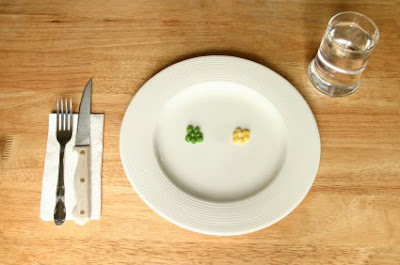Eating Disordered Thinking
- If I eat something at night, it will all turn to fat because I will not have time to burn it off before I go to sleep
- If I lose more weight I will be much more attractive.
- If I was thinner, I would be happier.
- If I was thinner, I would be more successful.
- Vomiting gets rid of all the calories I ate earlier.
- If I eat lunch I won’t be able to eat dinner later.
- If I eat eg 2 pieces of pizza, people will think I am a pig.
- If my clothes feel tight after eating it means I have put on weight.
- My clothes are tighter, I know I have gained weight.
- If I gain 2lbs it means I am going to continue to gain weight every day and get fat.
- I ate breakfast and that was ok, but then I had a cake at 10.00am so I had to vomit.
- But, cake (or popcorn, or ice cream or whatever) are a bad food.
- Eating normally (i.e, breakfast, lunch and dinner and snacks), even if it amounts to only 1200 Calories when I am 5’4” will, make me fat.
- I am a bad person (weak, selfish, greedy, irresponsible, inadequate, stupid, dull, etc, etc,) If I lose weight I will be different.
- I can’t cope with feeling bad, I have to be sick.
- I deserve (eg chips, biscuits, ice cream etc) because I have had a hard day.
- I didn’t binge or purge because I was afraid of gaining weight. I just wanted to space out.
- I have an obsessive craving to binge. After I have eaten I want to eat more.
- I feel fat, therefore I am fat.
- I feel so lonely, I should eat more.









